Be it the fresh taste of chopped coriander leaves over your soup or the refreshing flavour of just-picked mint leaves in your Mojito, it’s easy to fall in love with fresh herbs picked straight from your home garden. Whether you have got a big garden, a small kitchen garden, or a tiny window sill, growing these fresh greens is very easy.
Using fresh herbs in your food is any day better than buying bunches of herbs from the supermarket. In this article, we will tell you how to grow herbs at home and how to care for your herbs.
Preparing pots and the potting mixture

Herbs are very easy to grow, all you need to get started is a sunny spot in your garden. Choose a container that is large enough to accommodate all herbs with drainage holes. Pick a container that is about 8-10 inches deep for growing your herbs. Ensure that your container has proper drainage holes. You can even reuse empty milk cartons, bottles, juice boxes to grow your herbs. Window sills that receive an ample amount of sunlight also make a perfect spot to grow your herbs.
Once you finalize the spot for your herbs, prepare the potting mix for them by mixing 50% normal garden soil and 50% organic compost (like tea leaves, vegetable peels, coffee grounds). Using the organic compost will not only help your herbs to thrive but it will also put the waste material to good use.
Caring For Your Herbs
Light

Herbs are sun-loving plants, you have to ensure that they receive proper sunlight. Keep rotating your pots so that every part of the plant receives an equal amount of sunlight and the herbs don’t bend in one direction. If you notice that your stems are growing but there aren’t enough leaves on them, then probably your plant isn’t receiving enough sunlight.
Watering

Watering your plants adequately is very important, different herbs have different watering requirements. Keep the soil moist and not soggy to help your herbs thrive. Soggy soil can be fatal for your herbs, especially in cooler temperatures. One of the signs of overwatering or underwatering is when the leaves of your plants start turning yellow.
Water your herbs twice a week to help them grow well. A good rule of thumb to follow while watering is to feel the first top few inches of the container/garden soil with your fingers. If it feels dry on touch, it’s time to water the herbs.
Pruning and harvesting

The best part about growing herbs is that a little goes a long way. Young herb plants need frequent clipping to encourage them to branch out and grow more. Ensure to prune your herbs often (not more than one-third of your plant), if you see flowers appearing on your herb plant, it’s a sign that your plants require frequent pruning. The more you prune your herbs, the healthier they grow.
Your herbs usually get ready to be harvested right away, use scissors or a knife to cut the fresh leaves off your herb plants. Snip the leaves around the base, so that your plant can continue to produce more leaves. Although, herbs like parsley grow from the centre which requires you to grow a new plant altogether.
Herbs you can grow at home in India
Cilantro/Coriander/Dhaniya

There’s nothing better than the taste of fresh home-grown fresh coriander leaves. Soak the coriander seeds overnight in lukewarm water. Pick a container or a spot in your garden to plant your herb. Sprinkle the seeds in a pot and cover it properly with a layer of soil. Spray some water on the soil and place your pot in a sunny spot. Within 35-40 days of planting, you will see shoots of coriander that can be plucked. Use this refreshing herb in your chutneys, to garnish your food and more.
Thyme
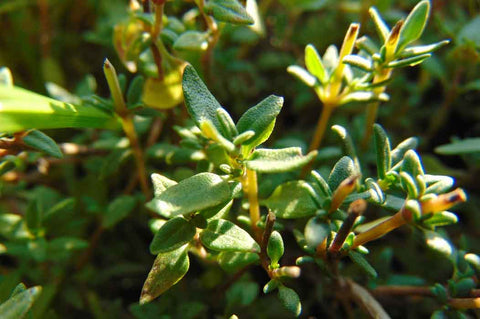
Thyme comes from the family of mint. Its versatile flavour and multiple varieties make it a great herb to add in all the cuisines around the world.
The plant does well in fast-draining soil, place your pot in a warm and sunny place. It takes a few months to grow into a fully established plant. Keep watering the plant whenever the soil looks dry and don’t let the plant wilt. Harvest the leaves with the help of a knife, use these lemony leaves into soups or add them to your stir-fried veggies. The blossoms on this plant are also edible.
Lavender

Lavender plants are prized for their fragrant flowers. These plants may survive in many growing conditions but they do well when they receive 4-5 hours of direct sunlight. Regular pruning of the branches and flowers will encourage the growth of the plant.
Besides using Lavender plants in salads and dressing, you can also use it to soothe insect bites.
Chamomile

Chamomile herbs are both visually appealing and useful. The best time to plant this herb is during the spring season. It does well in cool conditions and should be planted in the area that receives partial shade. It does not require frequent watering, the plant is drought tolerant.
You can start by sowing the seeds indoors and then move the plant outdoors when seedlings appear. The seeds should germinate in about fourteen to sixteen days. Both the flowers and leaves of the plant are used. Add them to your tea and enjoy the soothing effect.
Lemon Balm

This easy-to-grow herb will fill your garden with lemony aroma, this herb is a member of the mint family. Lemon balm thrives best in cooler climates. Plant the seeds in a location that receives ample amount of sunlight. Ensure that the soil is well-drained but not overwatered.
Pluck the leaves and use them in your dishes. Add them to your tea to enjoy the light lemony flavour of the leaves.
Chives

Chives are from the family of onion plants and they sport edible flowers. Chives are cold-season plants, so the perfect season to grow chives in India is around September to December. It is important to water your chive plants thoroughly, even though they are drought tolerant.
After the flower blooms on the plant, ensure that you pick them so the seeds don’t spread throughout the garden. You can harvest your yield after six months of planting the seeds.
Use the leaves of the plant to garnish your pizzas, salads and more. Bring your dishes to life by adding chives leaves.
Parsley

This mild bitter herb enhances the flavour of your dishes. Parsley stays evergreen all winter long. This plant is rich in vitamin A and C, it has other medicinal properties as well. Soak the seeds overnight to enhance germination, plant the seeds close to each other as they thrive in competition. Place the seedlings 6 inches apart once the true leaves appear. Parsley is a slow-growing plant and takes about three to four weeks to germinate. Pick the fresh leaves of parsley and add them to lend a unique flavour to your food.
Oregano

This herb is famous for its use in Italian dishes. It is very easy to grow oregano herb indoors or out in the garden. Start by planting the seeds indoors till they germinate. You should be patient as your seeds will take about a week to germinate, replant the seedlings to their final spot. Pick a sunny spot as this plant requires lots of sunlight. Water your plants regularly during the first few months of planting.
You can encourage the growth of the plant by trimming or picking the leaves. Your Oregano leaves will be ready for the dishes that call for it in no time.
Basil

There’s nothing like clipping fresh basil leaves from your garden and adding it to whatever you are cooking in your kitchen, from pizzas, salads, soups and more. Basil thrives in warm temperature and cannot bear cold weather. Pick a spot that receives at least six hours of sunlight, plant the seeds in well-drained soil. Plant the basil seeds amongst other vegetables with similar lighting and water needs such as tomatoes. Simply snip off the leaves from the plants and add them to your dishes.
Now that you know growing herbs at home are that simple, pull your gardening tools out and get started on your herb garden. You will never have to step out to buy a bunch of curry leaves or coriander leaves. After all, there is nothing better than the food prepared with freshly plucked herbs. Start building your herb patch by grabbing high-quality, heirloom seeds from AllThatGrows today!


 Sign In
Sign In



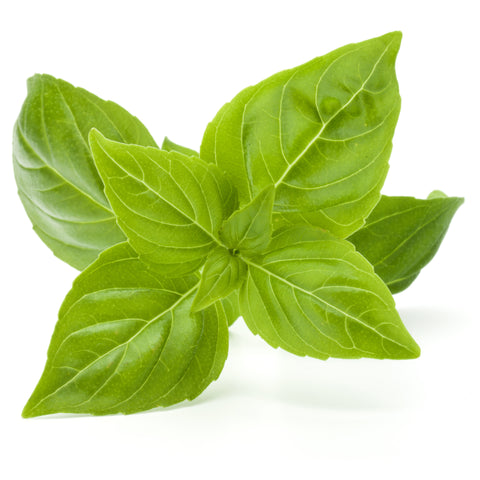
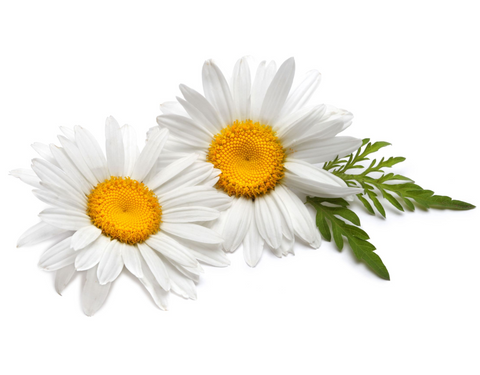

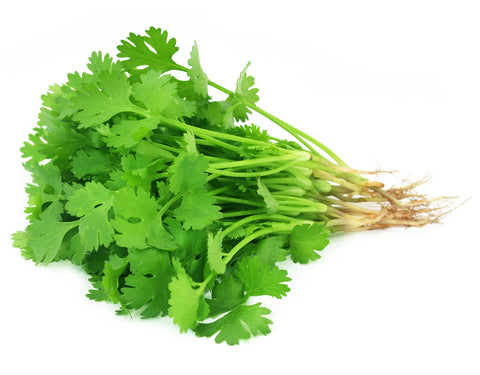
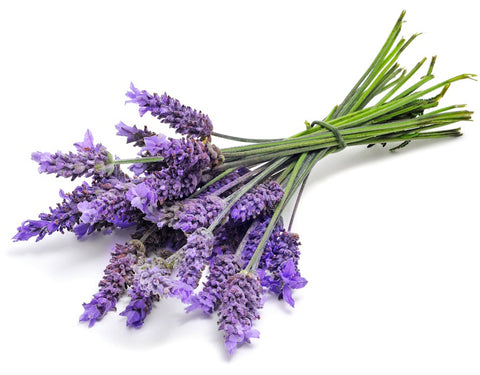
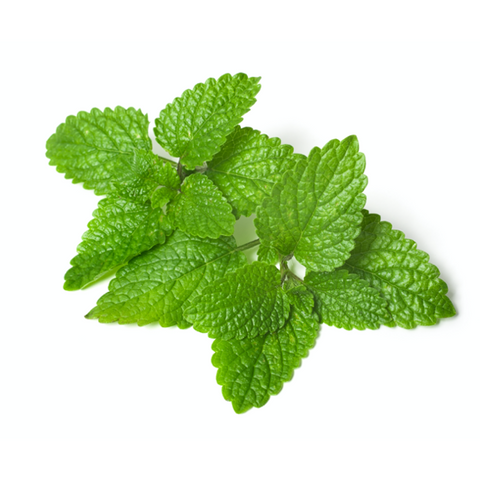
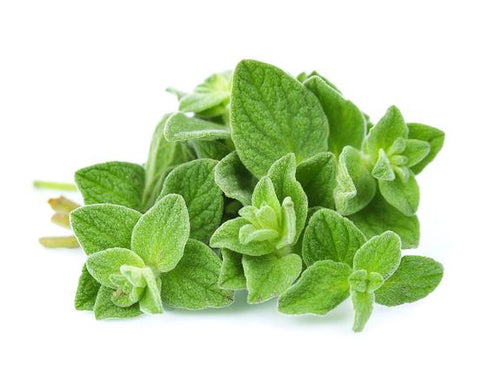
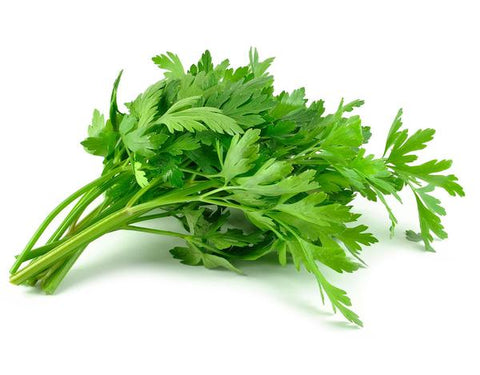
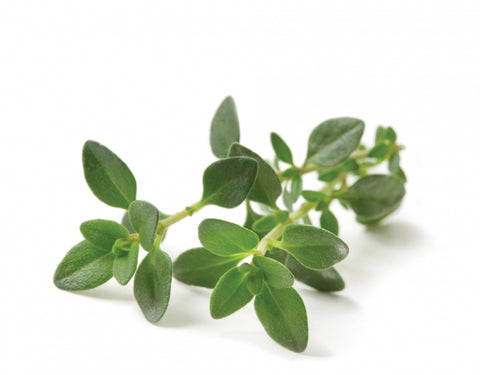






Let us know your feedback
* Comments must be approved before being displayed.